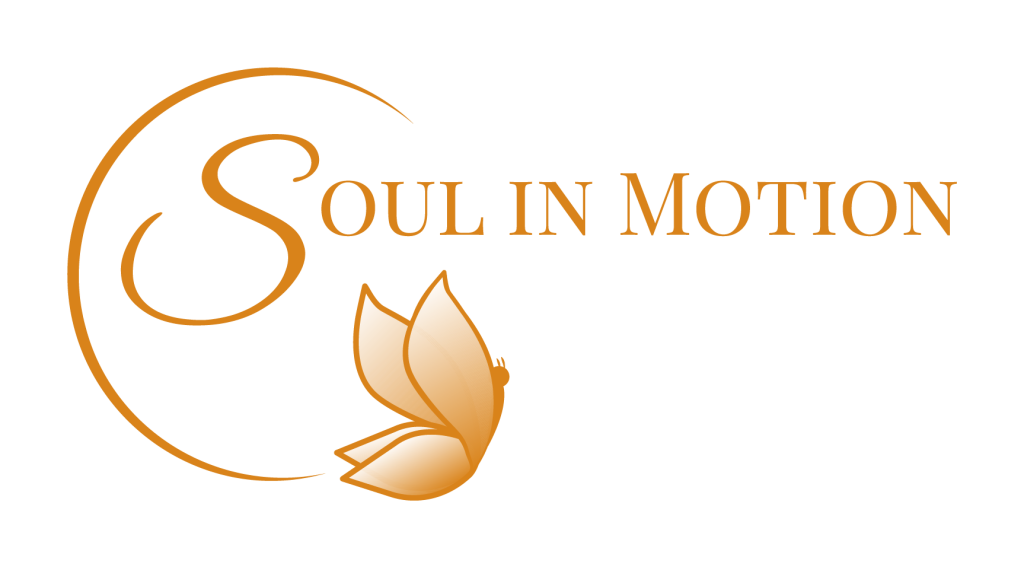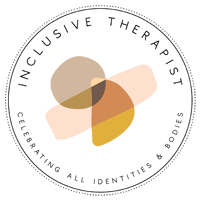If you’re considering trauma therapy, you’ve probably wondered: “Do I have to tell my story in painful detail? Will I be forced to relive the worst moments?” This fear keeps many people from getting help they need, and I get it.
Here’s the truth: It depends, but reliving trauma isn’t required for everyone.
How Trauma Actually Works in Your Body
Research shows trauma isn’t just stored in your mind—it lives in your body. When you experience trauma, your nervous system gets stuck in survival mode, leading to hypervigilance, flashbacks, chronic pain, or feeling disconnected.
Dr. Bessel van der Kolk’s work reveals that your body holds both the trauma and the capacity for healing. This understanding has created new treatment paths that don’t require storytelling.
Why Safety Comes Before Story
Before any deep trauma work, you need safety and stabilization. This phase focuses on:
- Building practical coping skills for overwhelming emotions
- Strengthening your daily functioning and support system
- Developing body awareness and grounding techniques
- Creating emotional regulation tools for everyday life
Many people find significant relief in this phase alone. Once you feel more grounded and equipped with tools, you might discover you don’t need to dive into trauma details at all.
Multiple Ways to Heal Without Retelling
Trauma therapy offers many approaches that work without detailed storytelling:
Body-Based Therapies like somatic experiencing and trauma-informed yoga work with your nervous system directly. They help your body learn new patterns of safety.
EMDR lets you process traumatic memories while maintaining distance from the content. You might think about the trauma without verbally recounting every detail.
Creative Therapies including art, music, and movement provide ways to process trauma through expression rather than narrative.
Mindfulness Approaches help you develop present-moment awareness and interrupt trauma responses without analyzing the past.
Dual Awareness techniques teach you to hold both your past experience and present safety simultaneously, allowing healing without getting lost in traumatic memories.
What Healing Actually Looks Like
The goal isn’t making you recount painful details—it’s improving your quality of life. Success might mean:
- Sleeping better and feeling rested
- Having healthier relationships
- Feeling present in daily life
- Reducing anxiety, depression, or other symptoms
- Reconnecting with what matters to you
If you’re achieving these improvements through stabilization work or body-based healing, that’s real healing. You don’t need to push through painful storytelling if other approaches are helping you feel better.
When People Choose Narrative Work
Some people do find value in talking through experiences, but this happens when:
- They feel ready and choose to explore their story
- They have solid coping skills and support
- They’re working with a skilled professional
- They want to make meaning of their experiences
Even then, this work happens gradually, with support, and with techniques that keep you grounded rather than overwhelmed.
Your Healing, Your Choice
You control your healing journey. In therapy, you should expect to:
- Respect your pace and boundaries
- Offer multiple treatment options
- Check in about what feels helpful
- Never pressure you to share more than you’re ready for
- Focus on what improves your daily life
If someone tells you there’s only one way to heal, or that you must relive experiences to get better, that’s simply not accurate. Trust your instincts about what feels right.
Moving Forward
If you’ve avoided seeking help because you’re worried about reliving traumatic experiences, I want you to know that gentle, effective approaches exist. Healing happens in different ways, and you deserve to find the approach that works for you.
The goal isn’t proving how much you’ve suffered or analyzing every detail of your past. The goal is helping you feel better, function better, and live the life you want.
Your trauma doesn’t define you, and neither does any single approach to healing. There are multiple paths forward, and you get to choose which one feels right for you.
Learn More
If you’re interested in learning more about trauma healing approaches that work for you, we invite you to visit one of our many informative therapy pages here: Trauma Therapy, CBT Therapy, Self-Reclamation Therapy, IFS Therapy, Somatic Therapy, and more!













